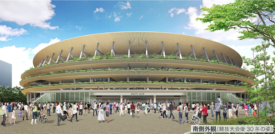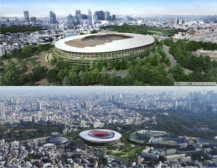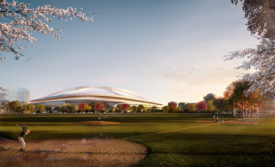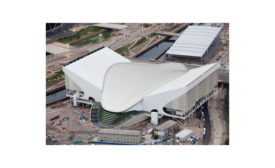Home » Keywords: » Olympic Stadium
Items Tagged with 'Olympic Stadium'
ARTICLES
Kengo Kuma to Design Tokyo Olympic Stadium
Officials selected Kuma's plan for a wood and steel structure over a design by Toyo Ito.
Read More
Renderings Released for New 2020 Tokyo Olympic Stadium
The Japan Sport Council has revealed two proposed designs for the national stadium.
Read More
Copyright ©2025. All Rights Reserved BNP Media.
Design, CMS, Hosting & Web Development :: ePublishing





